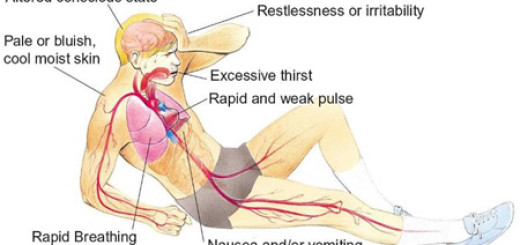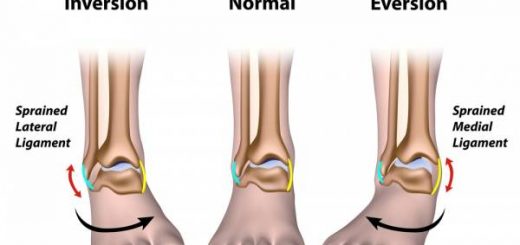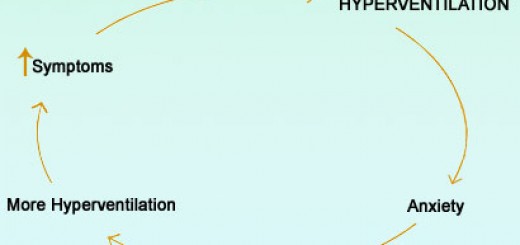First Aid Guide to Commonly Prescribed Medications
A first aider or first responder may gather a medication (drug) history as part of their patient assessment. This information can be then passed onto emergency medical services when they arrive.
In this first aid blog post, we will cover some of the most commonly prescribes medications and their indications/mechanisms of action.
Commonly Prescribes Medications
Digoxin
- Cardiac glycoside
- Acts to increase the force of ventricular contraction
- Used to control irregular heart rhythms and chronic heart failure
- Long term use
Beta-blockers
Drugs that end in “olol”
- Include Propranolol, Atenolol, Metoprolol and Sotalol
- Act to block receptors in the heart and blood vessels
- Used in the treatment of irregular heart rhythms, angina and high blood pressure
- Should be avoided in people who have asthma
- Can be used to relieve anxiety
Calcium channel blockers
Include Amlodipine and Felodipine
- Act to interfere with the flow of calcium ions through cells including those of the heart, the specialised conducting cells and smooth muscle of blood vessels
- Effects much less targeted than with beta-blockers
- Used in the treatment of high blood pressure and angina
ACE inhibitors
- Drugs that end in “pril”
- Includes Enalapril, Ramapril and Lisinopril
- Many uses and well tolerated
- Used mainly for treatment of heart failure and high blood pressure
Nitrates
- Include Glyceryl nitrate (GTN), Isosorbide mononitrate and Isosorbide Dinitrate
- Potent dilators of the coronary arteries
- Used in treatment of angina, suspected heart attack and LVF
- GTN acts quickly but its effects last only around 20 – 30 minutes
- The Isosorbides are used for the control of angina. They have a slower onset of action but effects last longer
Drugs that lower cholesterol
- Otherwise known as statins
- The main drugs in this group are Simvastatin and Pravastatin
- Used to lower the risk of developing heart disease and prevent recurrence in those people with established heart disease
Drugs that dilate the bronchi
- Salbutamol is the drug most commonly used for the treatment of asthma and other conditions associated with reversible airway obstruction
- It can be given by aerosol inhalation, by nebulised inhalation, by inhalation of powder, by intravenous infusion and less commonly by mouth
- Ipratropium is used in the treatment of reversible airway obstruction particularly COPD.
- In the form of dry powder for inhalation it is known as Atrovent
- Beclomethasone (Becotide) is a steroid preparation used in the prevention of asthma
- Combivent is a combined nebuliser solution of Ipratropium and Salbutamol used in the treatment of acute asthma or an acute exacerbation of COPD
Diuretics
- There are lots of diuretics but the main ones in common use are Furosemide and Bendroflumethiazide
- They increase the output of urine
- Used with other drugs in the treatment of high blood pressure and heart failure
Anticoagulants
- The main use of anticoagulants is to prevent thrombosis or extension of existing thrombus.
- Widely used in the management of deep vein thrombosis in the legs and heart disease
- Heparin is used if a rapid response is needed for example in the treatment of deep vein thrombosis or pulmonary embolism. It can be given through an infusion pump
- Low molecular weight heparins include Enoxaparin and Tinzaparin. They are usually used in the prevention of thrombosis but are also used in the treatment of deep vein thrombosis, pulmonary embolism, heart attack and unstable angina
- Aspirin is an antiplatelet drug that acts to prevent platelets from sticking together. A single dose of 300mg is given as soon as possible after a heart attack and long term treatment with 75mg can be used to try to prevent further cardiovascular disease events
- Warfarin acts against Vitamin K, which is important for normal blood clotting. Its action takes 48 – 72 hours to start and so it is not used in an emergency situation but is used in the long term to prevent thrombosis
Antihistamines
- Antihistamines are used in the treatment of allergies, skin irritations, anaphylaxis, hay fever, drug allergies and motion sickness.
- All antihistamines have a sedating effect but the newer ones such as Loratidine are not as sedating as the older drugs such as Chlorphenamine (Piriton)
Corticosteroids
- Steroids are anti-inflammatory drugs that are used to treat a wide variety of medical conditions including asthma and arthritis
- They also have serious side effects if taken in the long term
- Their use is closely monitored and if taken for longer than 3 weeks the dose has to be reduced gradually and not stopped suddenly
- People who take steroids in the long term often carry a warning card
- They include Hydrocortisone, Prednisolone, Dexamethasone and Betamethasone
Non-steroidal anti-inflammatory drugs (NSAIDs)
- NSAIDs have both an anti-inflammatory and pain killing actions so are particularly useful for the treatment of continuous or regular pain associated with inflammation
- Ibuprofen and Diclofenac are the 2 most commonly used
Diabetic medications
- These include insulin which is administered by injection and oral antidiabetic drugs such as Metformin and Gliclazide
Anti-seizure drugs
- Sodium Valproate (Epilim) is the drug of choice for primary generalised epilepsy, generalised absences and myoclonic seizures. It can also be used for absence seizures, atonic and tonic seizures
- Phenytoin is used in the treatment of all types of epilepsy except absence seizures
- Carbamazepine (Tegretol) is used in the treatment of tonic-clonic seizures
- Diazepam is given intravenously or by rectal administration in the treatment of status epilepticus, febrile seizures and seizures due to poisoning
Antibiotics
- In common use are Benzylpenicillin, Amoxycillin, Flucloxacillin, Erythromycin, Trimethoprim and Co-Amoxiclav
Painkillers (analgesia)
- In common use are Paracetamol, Ibuprofen, Diclofenac, Codeine, Coproxamol, and for severe pain – Morphine, Tramadol and Pethidine
- There are many trade preparations of pain killers but most contain the above.
- There are many combination preparations such as Kapake which is a combination of Paracetamol and Co-codamol
- Always read the label for contents
- Aspirin is also a pain killer but should never be given to anyone under 16 years of age
Anti-anxiety drugs
- These include the beta-blockers
- Also Lorazepam and Diazepam
Anti-depressants
- There are many anti-depressants available but common ones are Fluoxetine (Prozac), Dothiepin and Amitryptyline
Sleeping drugs
- Nitrazepam, Diazepam and Temazepam are all long-standing sleeping pills
- Zopiclone is a more recent drug which has better tolerance and better quality of recovery after use
Other commonly prescribed medication
- Omeprazole, Lansoprazole and Ranitidine are inhibitors of gastric acid secretion and therefore used in the treatment of gastric and duodenal ulcers
- Lactulose is a laxative used in the treatment of constipation
- Thyroxine is used to treat under activity of the thyroid gland
- Metoclopramide is an anti-emetic drug






Thank you very much for this useful, valuable and necessary information about medecines.
Very informative
Thank you sir